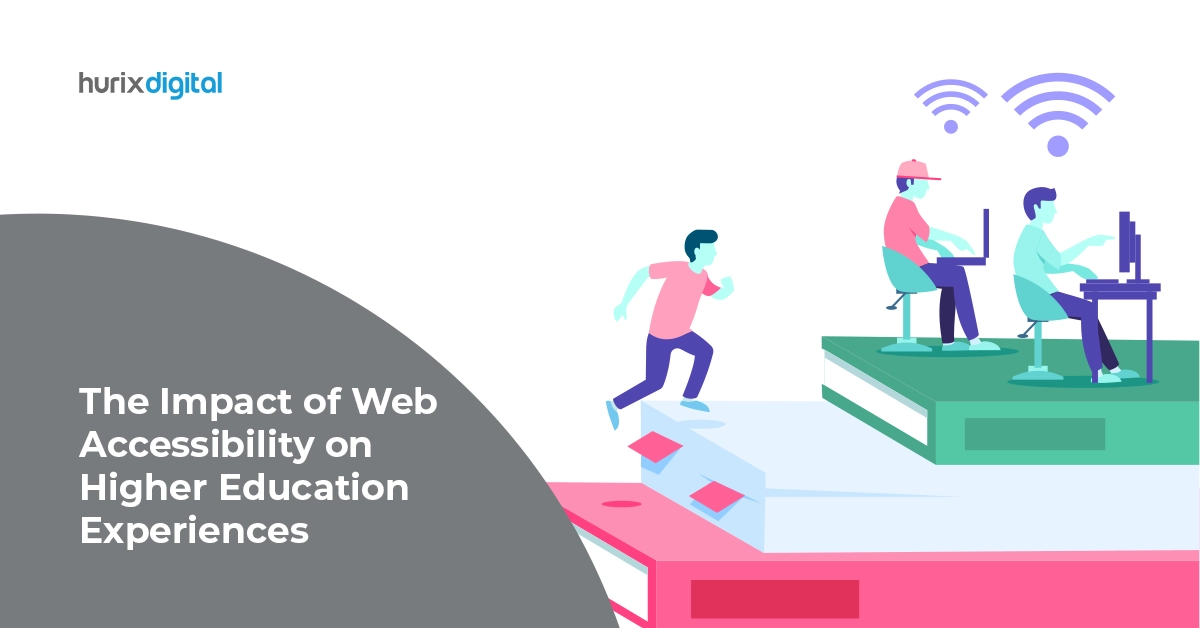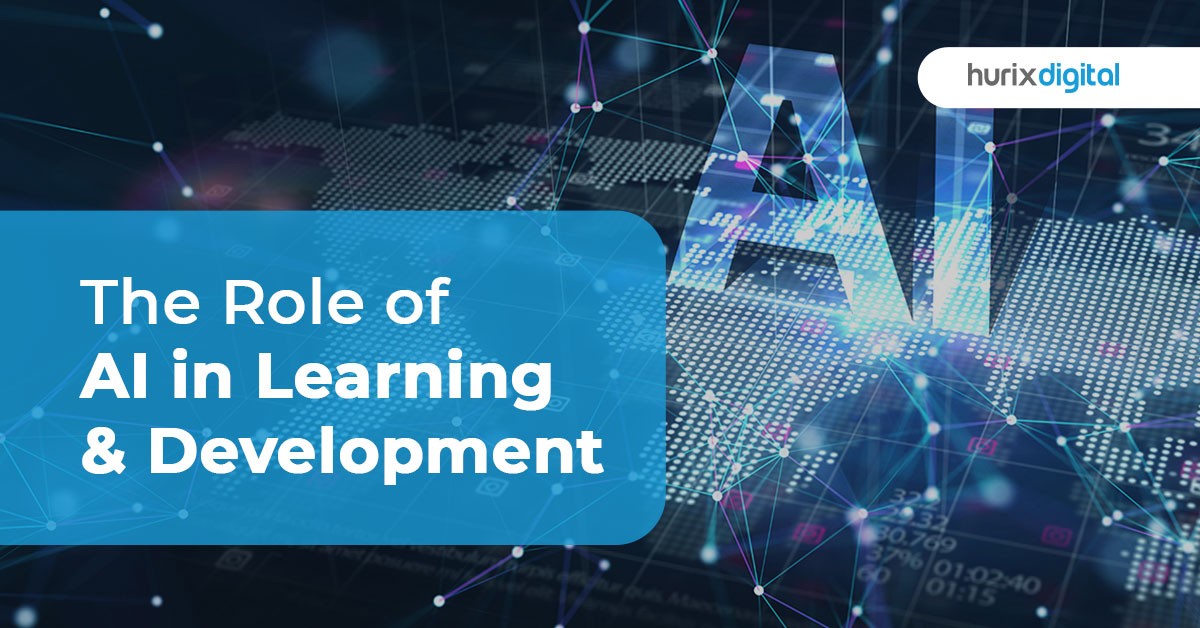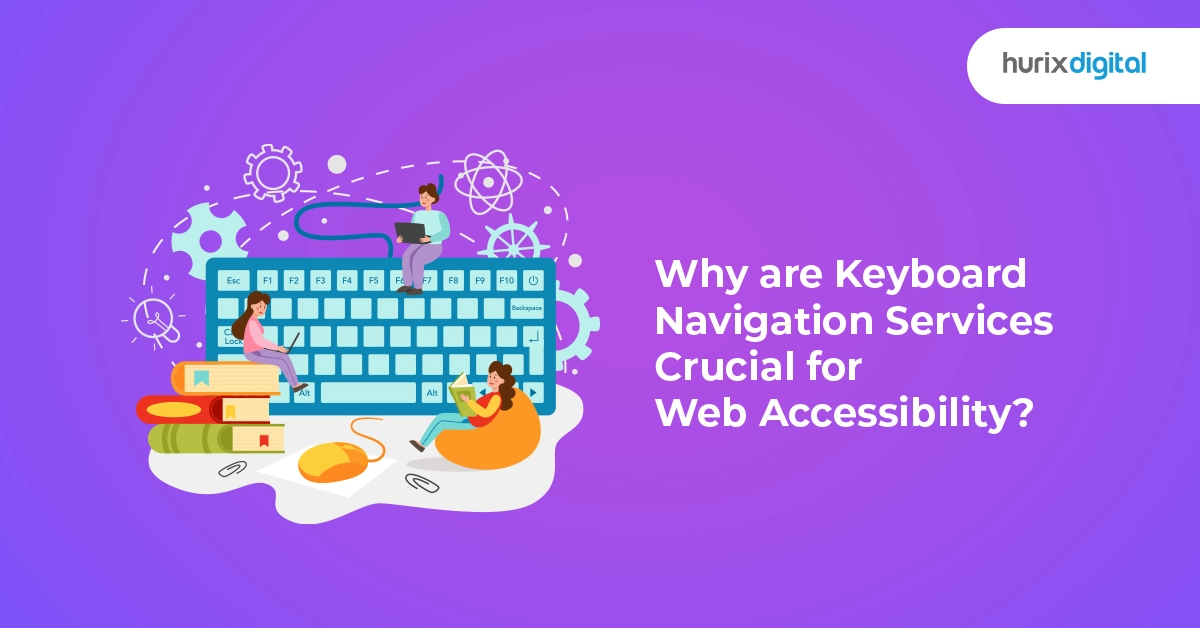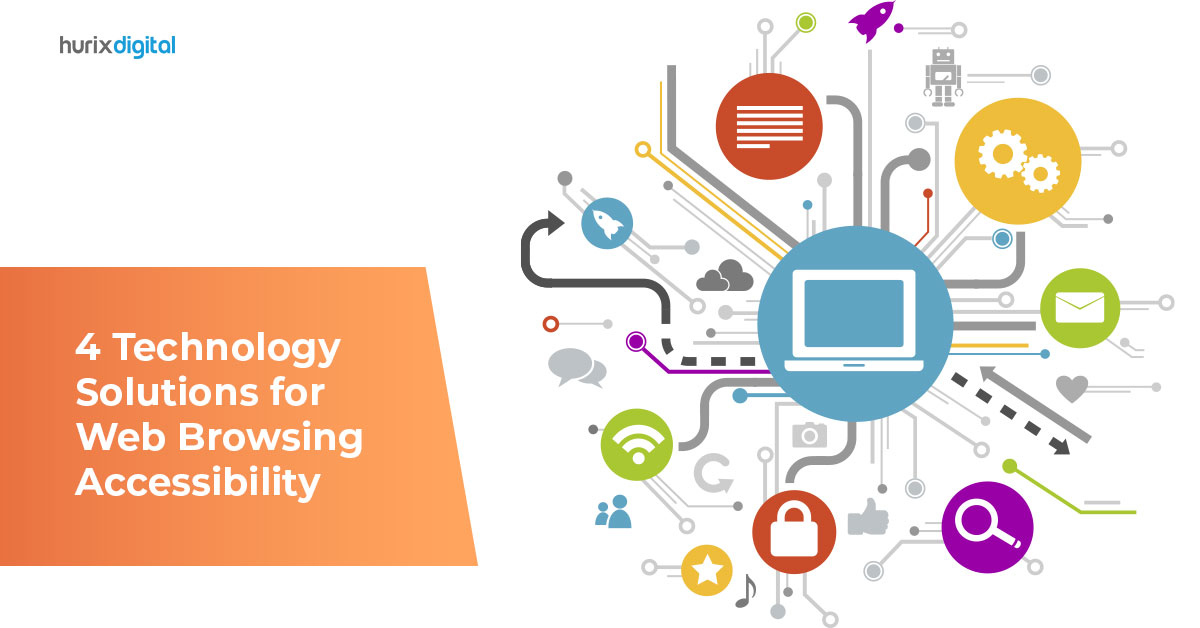
The Impact of Web Accessibility on Higher Education Experiences
Summary
Discover how web accessibility affects higher education. This article explores the impact of inclusive web design on student engagement and learning outcomes.
Schools exist to shape society, and education is crucial for personal and collective growth. To keep progressing, higher education should be accessible to everyone, including those with special needs. This is where Web Accessibility and higher-education compliance come in.
By embracing accessible web design for higher education, we can advocate for inclusive online education practices, thereby creating learning platforms that are accessible to all.
This blog will provide a concise exploration of web accessibility, the standards governing web accessibility in education, strategies for promoting accessibility in eLearning, the challenges involved, and more.
Table of Contents:
- What is Web Accessibility?
- Web Accessibility Standards in Education
- What are the Problems People Face with Online Course Accessibility?
- How to Promote eLearning Accessibility in Higher Ed?
- Conclusion
What is Web Accessibility?
Web accessibility refers to the design of websites, tools, and online content to ensure easy access for everyone, particularly those with physical disabilities. This imperative practice stems from the United Nations Convention on the Rights of Persons with Disabilities (UNCRPD).
This commitment to web accessibility extends beyond a legal obligation; it aligns with ethical considerations, recognizing the rights of individuals with disabilities as a priority.
Deloitte offers a compelling perspective, revealing that approximately 1.3 billion individuals worldwide, constituting almost 17% of the global population, live with some form of disability—whether visible or non-visible. This demographic positions people with disabilities as the largest minority group globally.
Web Accessibility Standards in Education
WCAG, or Web Content Accessibility Guidelines, is a set of internationally recognized digital accessibility standard guidelines that can be broadly combined under four principles.
These guidelines are encompassed by the acronym POUR, representing four fundamental principles: Perceivable, Operable, Understandable, and Robust.
1. Perceivable
We can generally perceive or interact with web content via our eyesight or through our auditory senses, and in certain cases, even via touch.
For web content to be perceivable, it has to be presented in such a way that even if the user lacks one of the senses, there is an alternative perceivable way available by which the content can be understood. For example, videos must have captions, images must have alt text, audio must have transcripts, etc.
2. Operable
We have to understand that there are many who are impaired with certain physical movabilities, like those with motor disabilities, arthritis, etc. They often face difficulty using a mouse. They tend to use keyboards more easily. So, a web-accessible website will be one that can be navigated even by using only a keyboard. Also, certain content comes with a time limit.
Accessibility makes sure that the content or an instruction stays on the screen for a longer period of time so that one can interact or respond without a rush.
3. Understandable
An understandable website is one whose content can easily be understood, irrespective of abilities.
Also, the website should be clutter-free and easily navigable. For, font size and color should be consistent; there should be a proper use of graphs and charts to summarize content; the reading level should be basic for generic websites, etc.
4. Robust
This is to ensure that the website is compatible with all kinds of devices, browsers, OS, and even future updates as much as possible. Keeping in mind the elderly, the portal should be functional even on certain outdated OSs and browsers.
Also Read: The Future of Assistive Technologies: Enhancing Accessibility in the Digital Age
What are the Problems People Face with Online Course Accessibility?
With more and more people turning to online education, especially post-COVID, it is even more important now that the platforms are made web-accessible. Otherwise, several barriers might occur and affect the users’ experience while accessing the course.
Let us look at some of the common reasons:
1. Reading Barriers
This involves selecting an inappropriate font, changing the text size, or contrasting the text’s color with the background. For example, we need to ensure that someone with color blindness can read the content as easily as others or that someone with an eye infection or partial visibility impairments doesn’t face problems reading the fonts due to their smaller size.
2. Navigation Barriers
The interface of an online course should be designed with easy navigation in mind. This includes logical organization, clear headings, and keyboard-friendly controls, ensuring that all students can navigate the course content seamlessly.
3. Tech Compatibility Issues
Considering the compatibility of online courses with various assistive technologies is crucial. From screen readers to speech recognition software, compatibility ensures that the learning experience is not hindered by technical barriers.
4. Trust Barriers
Videos, distracting visual carousels, or flashing images impair concentration and may even cause seizures. This can create trust barriers for students, especially those with attention-related challenges. It’s essential to design courses that prioritize a focused and distraction-free environment to foster a trustworthy learning experience.
5. Complex Assessments
Assessments should be designed with flexibility in mind, e.g., providing alternative formats for exams. It should ensure that assessments are designed to measure knowledge rather than a student’s ability to navigate inaccessible formats.
How to Promote eLearning Accessibility in Higher Ed?
Universities and colleges must stay proactive in ensuring that their platforms evolve with the latest web accessibility standards in education. Let us look at some of the steps they can take.
1. Regular Audits and Updates
Periodic accessibility audits are essential for colleges and universities. It’s crucial to assess websites and portals for compliance with the Web Content Accessibility Guidelines (WCAG). Any identified discrepancies should be promptly addressed and updated on the portal to maintain a high standard of accessibility.
2. Faculty Training
Promoting awareness of accessibility among faculty and staff is important. By providing comprehensive training to faculty members, they can gain proficiency in the principles of web accessibility.
This knowledge empowers them to create inclusive content right from the outset. Not only does this approach contribute to a more accessible learning environment, but it also proves to be a strategic investment, saving both time and resources in the long run.
3. Student Feedback
Engage with a diverse group of students with disabilities within your institute to understand the existing challenges they encounter. Inquire about their perspectives on potential solutions and action plans to alleviate these challenges.
Incorporate all viable feedback into your system, ensuring a responsive and inclusive approach to address the specific needs of your student community.
Also Read: 5 Quick Wins for Accessibility Remediation You Can Implement Today
Conclusion
The pursuit of web-accessible eLearning platforms extends beyond mere compliance; it is fundamentally rooted in ethical imperatives. The goal is not just to meet standards but to enhance lives and ensure equitable access to opportunities for all.
Hurix Digital comes with decades of experience and expertise in being a one-stop digital solutions provider. We have developed and managed countless accessible websites for top clients around the globe.
We use a combination of software and tools to audit the accessibility compliance of your web content. Based on the findings and your requirements, we then design your content to comply with the WCAG’s latest guidelines.
Contact us now for more information!

Vice President – Digital Content Transformation. He is PMP, CSM, and CPACC certified and has 20+ years of experience in Project Management, Delivery Management, and managing the Offshore Development Centre (ODC).







